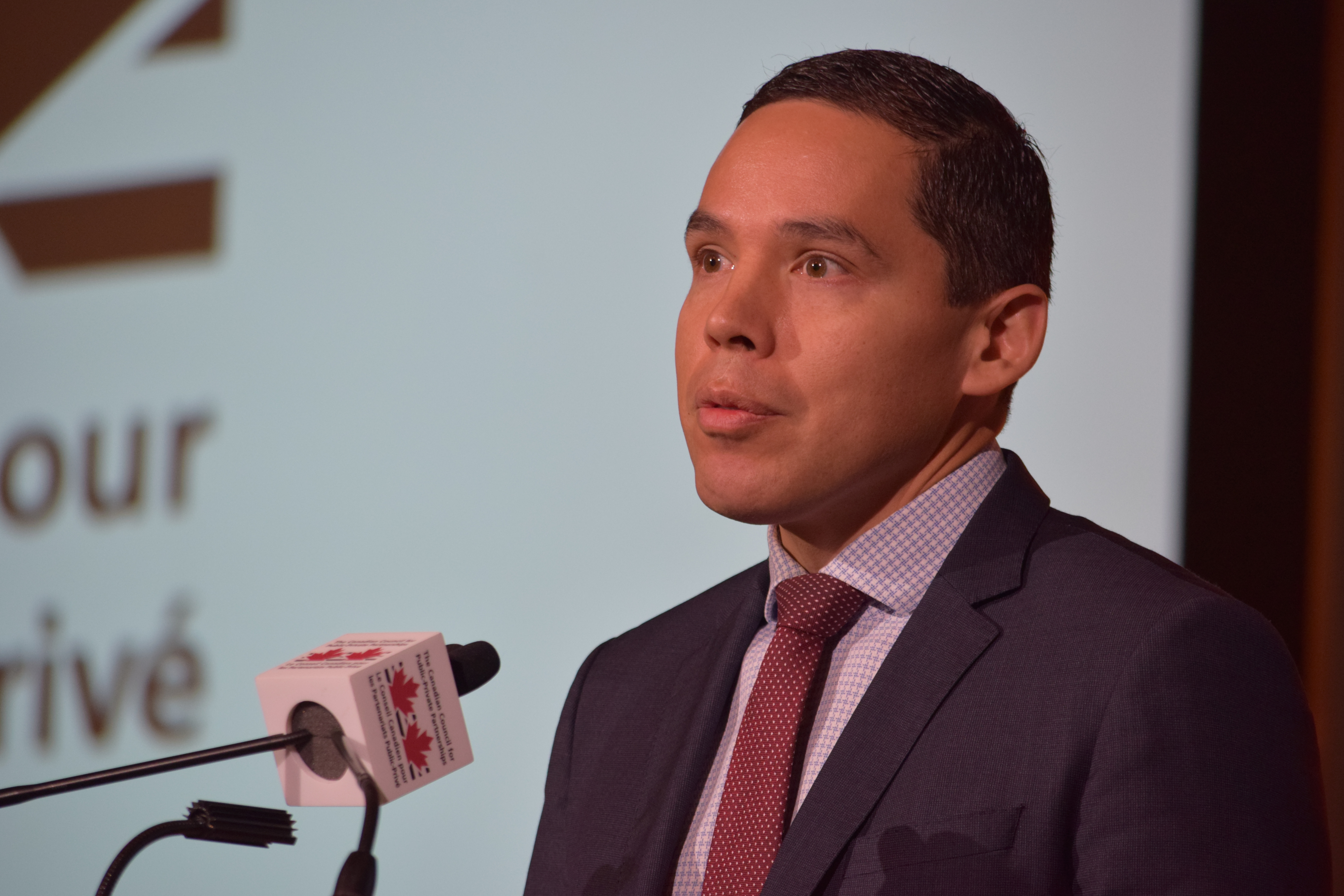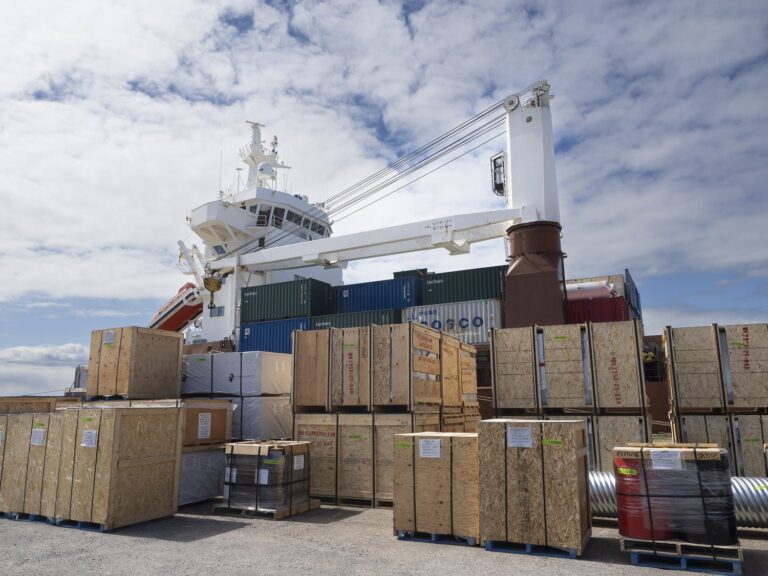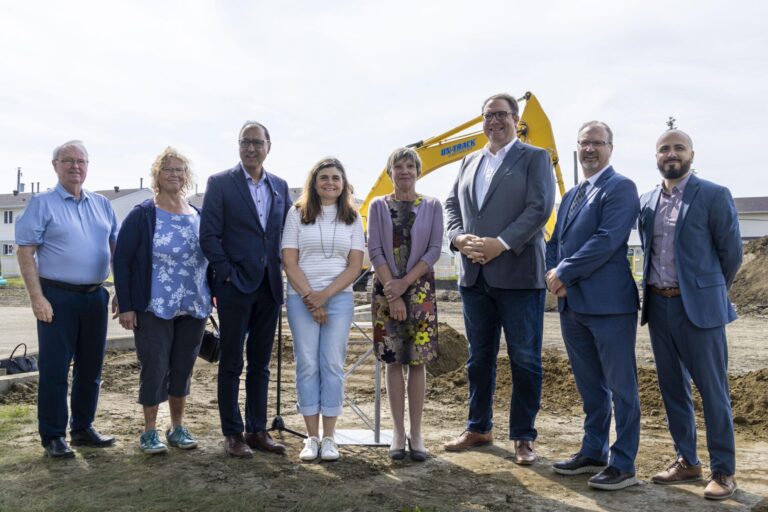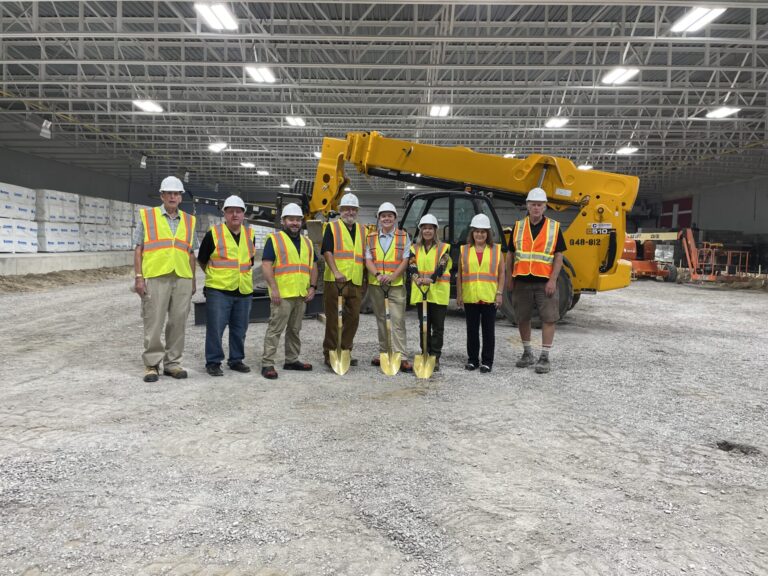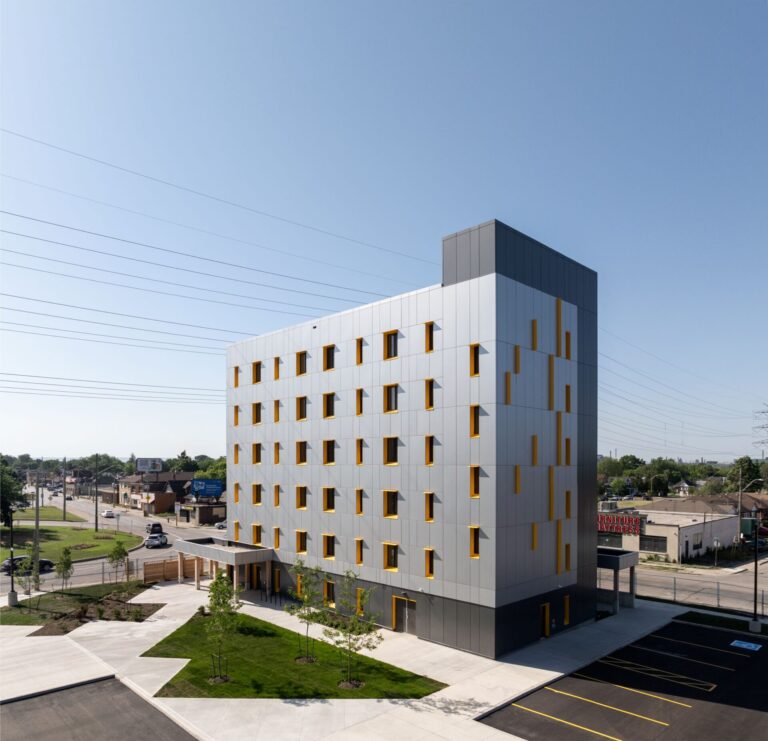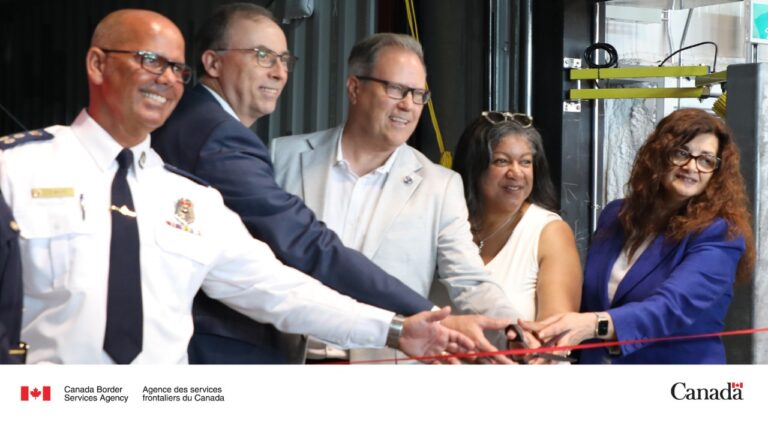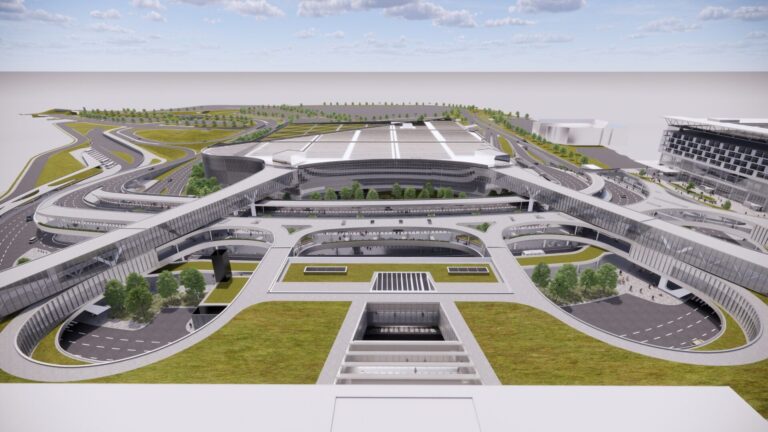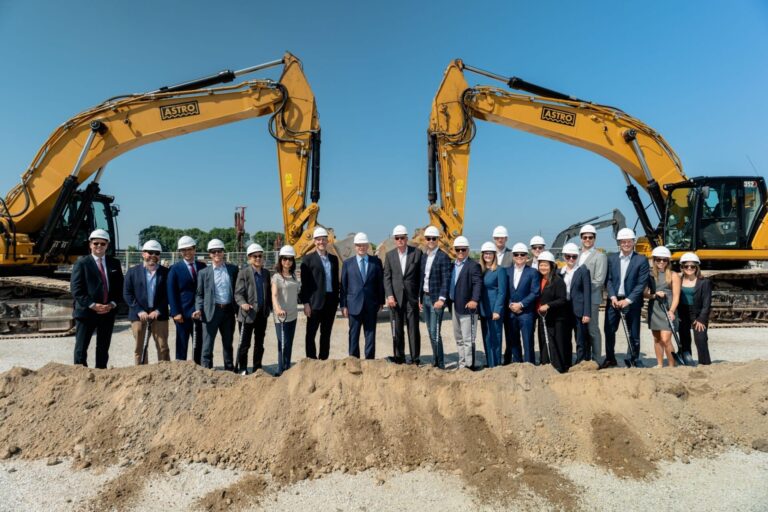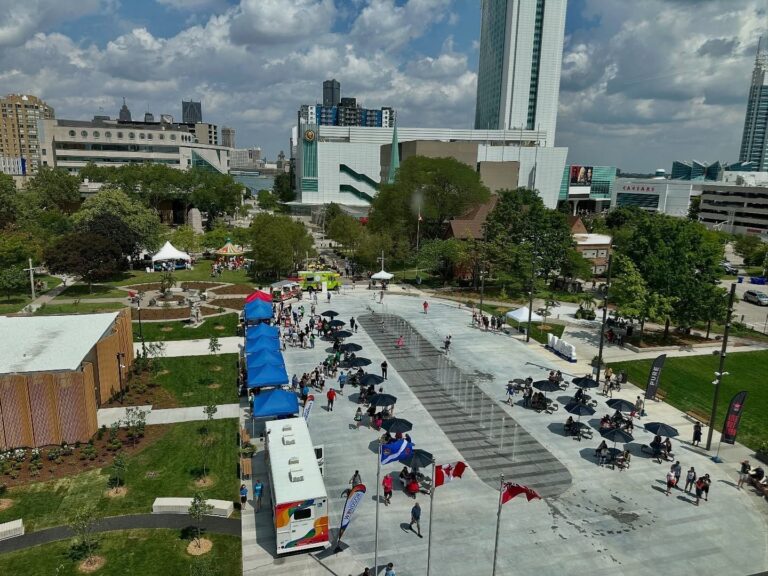Inuit Nunangat is the region of Canada considered to be the Inuit homeland, spanning portions of two provinces and three territories and consisting of approximately 35 per cent of the country’s land mass. And because it comprises of much of the northern part of the country, it is completely under-serviced by infrastructure. According to Natan Obed, the National Inuit Leader, it is time for that to change.
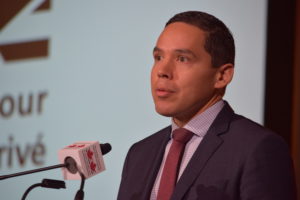
Speaking at the Canadian Council for Public-Private Partnerships’ annual conference in Toronto, Obed educated the audience about the severity of the deficit, one where simple health care services aren’t available, only two of its communities are connected to the traditional highway system, and many resources, including diesel for power generation, have to be flown in to communities with the most rudimentary of air strips (some don’t even have lights).
“We don’t have the basic infrastructure that many people take for granted,” said Obed, explaining the uphill battle faced by the 51 communities within the Inuit Nunangat.
The Inuit, for their part, are making some adjustments to better position themselves for future infrastructure development. Last year they established the Inuit Development Corporation Association. The association is a unification of all of the Inuit development corporations, giving them a national body to attract investment and opportunity with. The labour force is getting an upgrade, receiving training on modern construction in order to participate in future infrastructure development.
The need for infrastructure is significant, but some issues seem to take higher priority then others. Renewable energy, ports, and education were emphasized during Obed’s discussion. Very few of the 51 communities, most of which are found on major marine routes, have deep-water ports. Those ports would be critical for reducing the cost of transporting materials for significant infrastructure projects, such as gravel for roads and steel for buildings. Speaking of buildings, there is no university on Inuit lands in Canada, which would provide the opportunity for higher education for students in a more traditional environment, vital for the needs of future development in the region. Obed cited that the foundation is already being laid to change this, with the hope of getting an Inuit-based university in the next decade.
There is also the demand for renewable energy resources and improved connectivity, two important pieces that have the potential to be provided in collaboration with each other. The first steps for this are already underway with the proposed Kivalliq Hydro-Fibre Link, the proposed 900-kilometre transmission line from Manitoba to Nunavut, which would also include broadband. The project, currently carrying an estimated cost of $1.2 billion, received a $1.6 million grant from the federal government in February for the two-year technical and feasibility work study.
Public-private partnerships have already been demonstrated as a possible solution for some of Inuit Canada’s needs. The Iqaluit International Airport was recently completed as a P3, incorporating Inuit traditional elements with a vital piece of regional infrastructure.
These are the kinds of projects that have potential moving forward, and are the kind of success stories that Obed is sharing with Prime Minister Justin Trudeau during discussions at meetings of the Inuit-Crown Partnership Committee.
The potential for infrastructure development in Inuit Nunangat is significant, with a massive deficit that needs to be overcome. Now it’s up to the Canadian government, and partners within the private sector, to help make those projects a reality.

